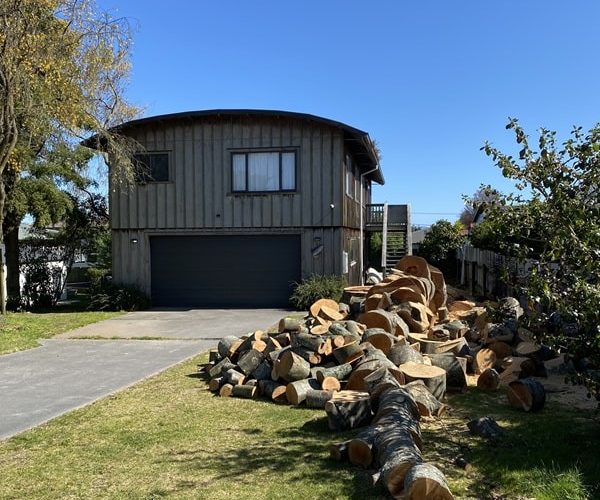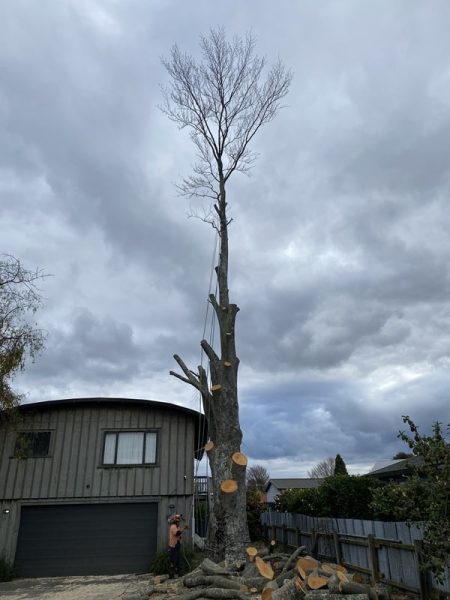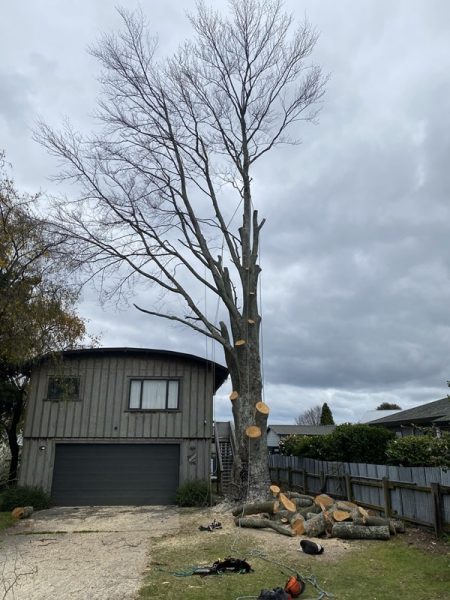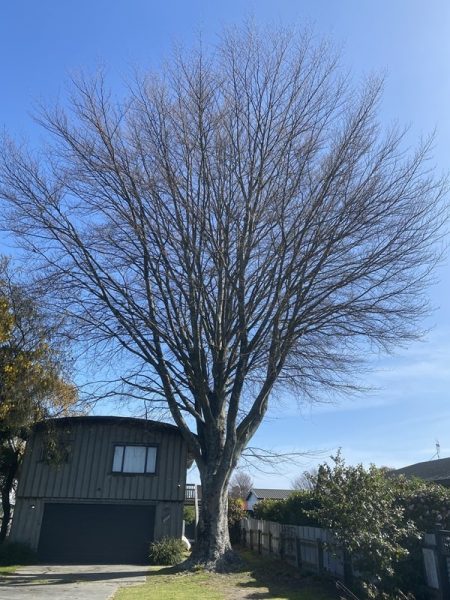Understanding Residential Tree Removal in New Zealand

Understanding Residential Tree Removal in New Zealand
Navigating the Dangers
In the serene landscapes of New Zealand, residential tree removal is sometimes a necessity, whether due to safety concerns, landscape redesign, or the health of the tree itself. However, the process is not without its risks. There are many complexities around residential tree removal in New Zealand, and it can be a perilous undertaking.
Before diving into the dangers of tree removal, it’s crucial to acknowledge the vital role trees play in New Zealand’s ecosystems and communities. Trees provide shade, shelter, and aesthetic beauty, while also contributing to air quality and biodiversity. Their removal should always be approached with careful consideration and respect for their value.
Residential tree removal is inherently risky due to several factors unique to New Zealand’s environment and landscape. Here are some of the key dangers associated with the process:

Height and Size
Many trees in New Zealand, such as native kauri or towering pines, can reach impressive heights and sizes. Dealing with large trees requires specialized equipment and expertise to ensure safe removal without causing damage to property or endangering lives.
Proximity to Property
In urban and suburban areas, trees often grow in close proximity to buildings, power lines, and other structures. Taking out a tree in such confined spaces requires careful planning and precision to avoid collateral damage and ensure the safety of nearby residents.
Structural Integrity
Over time, trees may develop structural weaknesses, such as rot, decay, or diseased limbs, especially if they have not been pruned, compromising their stability. Assessing the structural integrity of a tree is essential before removal to mitigate the risk of unexpected collapses or accidents during the process.
Environmental Considerations
New Zealand’s unique flora and fauna must be taken into account during tree removal. Native trees provide habitat and food sources for wildlife, and their removal can impact local ecosystems. Arborists must adhere to environmental regulations and best practices to minimize ecological disruption.
Weather Conditions
Unpredictable weather patterns, including strong winds, heavy rain, and storms, pose additional risks during tree removal. Working at height and manipulating heavy machinery in adverse weather conditions increases the likelihood of accidents and injuries.
Despite the inherent dangers, residential trees can be safely removed and done efficiently with proper planning, expertise, and adherence to safety protocols. Hiring certified arborists specialists, like Beaver Tree Service, with experience in New Zealand’s conditions is essential. We have the knowledge, training, and equipment necessary to assess risks, implement safety measures, and execute the removal process with minimal disruption and risk.
Residential tree removal in New Zealand is a complex and potentially hazardous undertaking that requires the careful planning, expertise, and respect for the environment that only an arborist can give. By understanding the unique risks associated with getting rid of a troublesome tree and prioritizing safety and professionalism, homeowners can navigate the process successfully while preserving the natural beauty and integrity of their landscapes.
Give Beaver Tree Service a call today to discuss how we can help with your tree maintenance, pruning, removal and trimming needs, including full clean-up options, firewood and mulch options, or drop and leave options.
North Island free phone: 0800-423-283
Christchurch free phone: 0800-422-328


